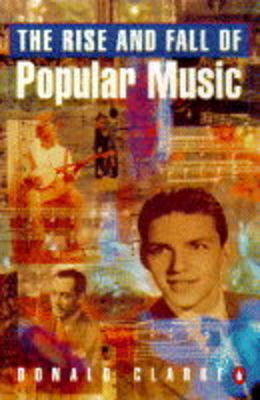The story of how the music of the English-speaking peoples swept the world is told in this book. Commercial popular music began in 18th century London, where an early Tin Pan Alley, already popular in colonial America, evolved to service the English pleasure gardens. The earliest music publishers were printers, and copyright law evolved as they squabbled among themselves for the right to exploit the available talent. Thomas Edison's invention of the phonograph brought million-selling hits during the acoustic era. Then radio brought stars such as Bing Crosby and Louis Armstrong to the sitting rooms of people who had never set foot inside a music hall or Broadway theatre. In the golden age, today's grandparents danced to the music of the Big Band era, and fell in love to the songs of Rodgers and Hart. Then a World War, the long-playing record and the curse of television changed everything again - radio and the pop chart were abandoned to jingles, while serious music fans bought albums for the first time.
This history of the development of popular music pays tribute to the contribution of black Americans, from the slaves' banjos to jazz, blues and soul; it covers the traditions of the white working class who poured through the Cumberland Gap in the 1750s, bringing songs, harmonies and attitudes that can be traced back to Elizabethan England; and it shows how each generation has had to struggle against the manipulators of the descendants of those early English printers, now the owners of a multi-billion-dollar-industry.
- ISBN10 0140132163
- ISBN13 9780140132168
- Publish Date 7 December 1995 (first published 26 January 1995)
- Publish Status Unknown
- Out of Print 11 September 1997
- Publish Country GB
- Imprint Penguin Books Ltd
- Edition New edition
- Format Paperback (B-Format (198x129 mm))
- Pages 640
- Language English
